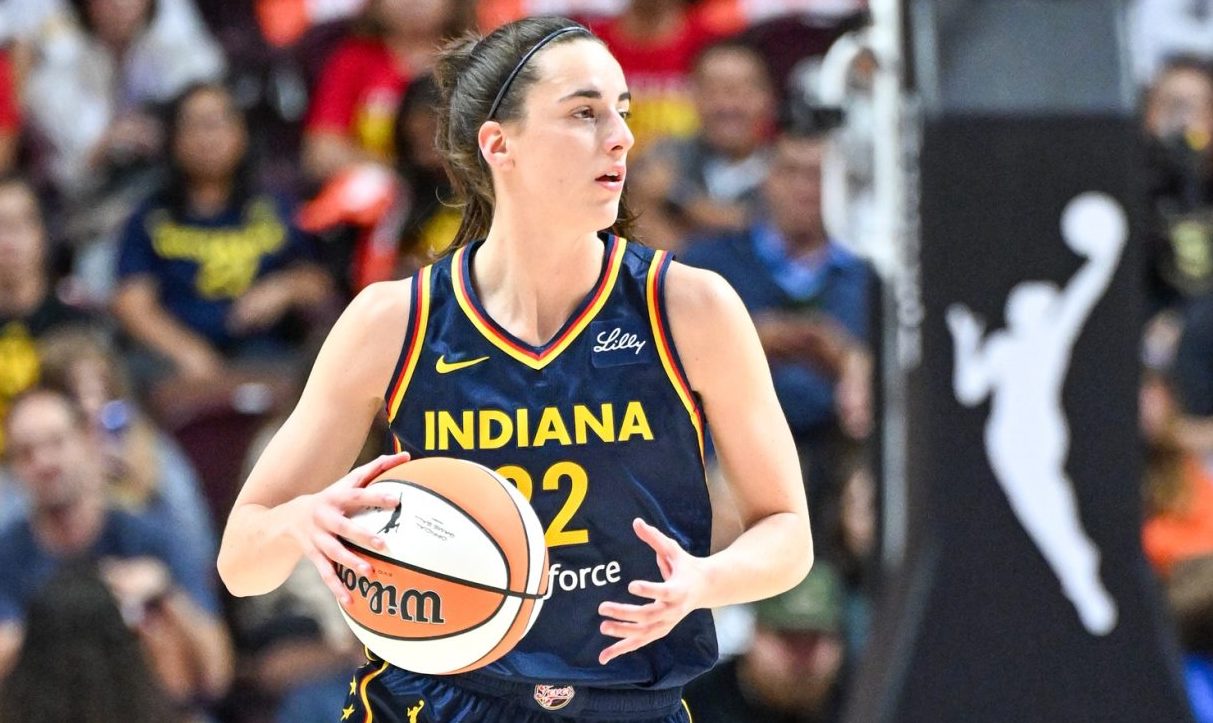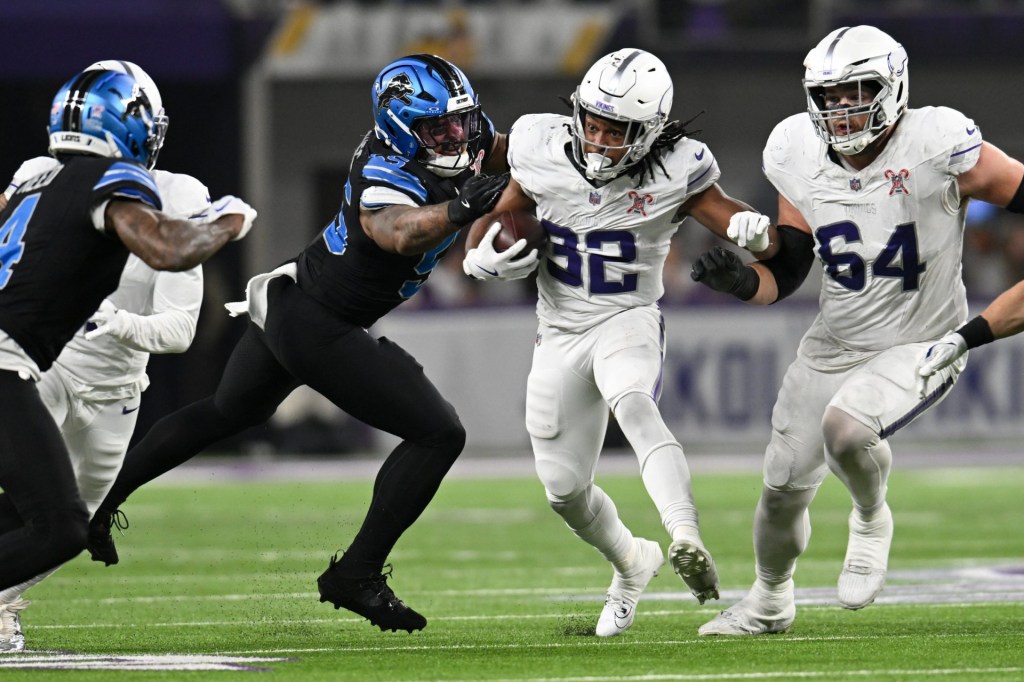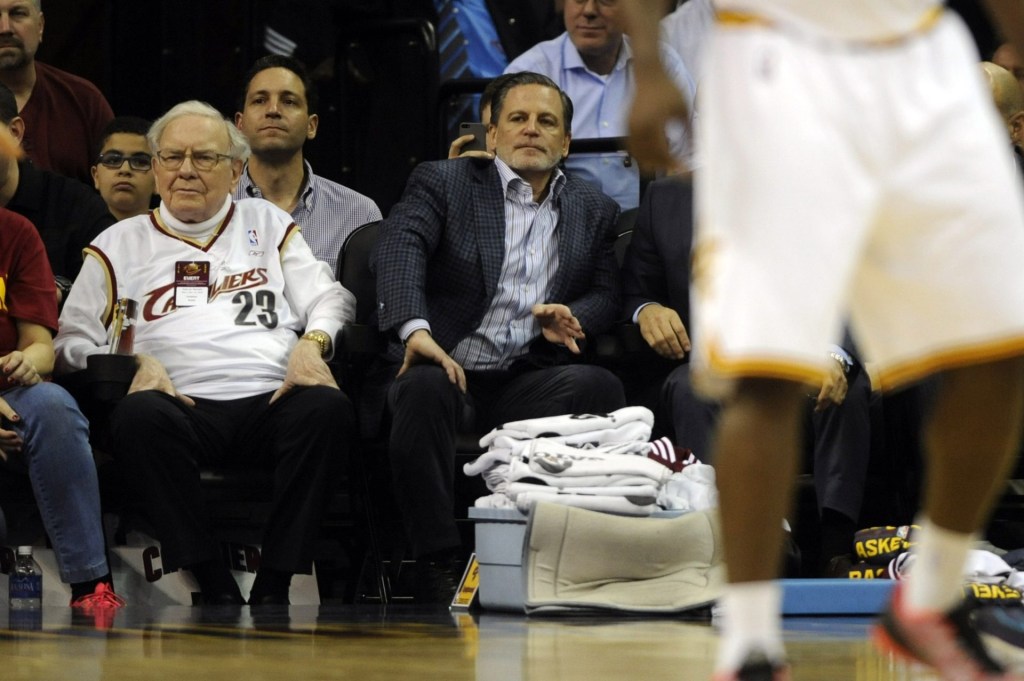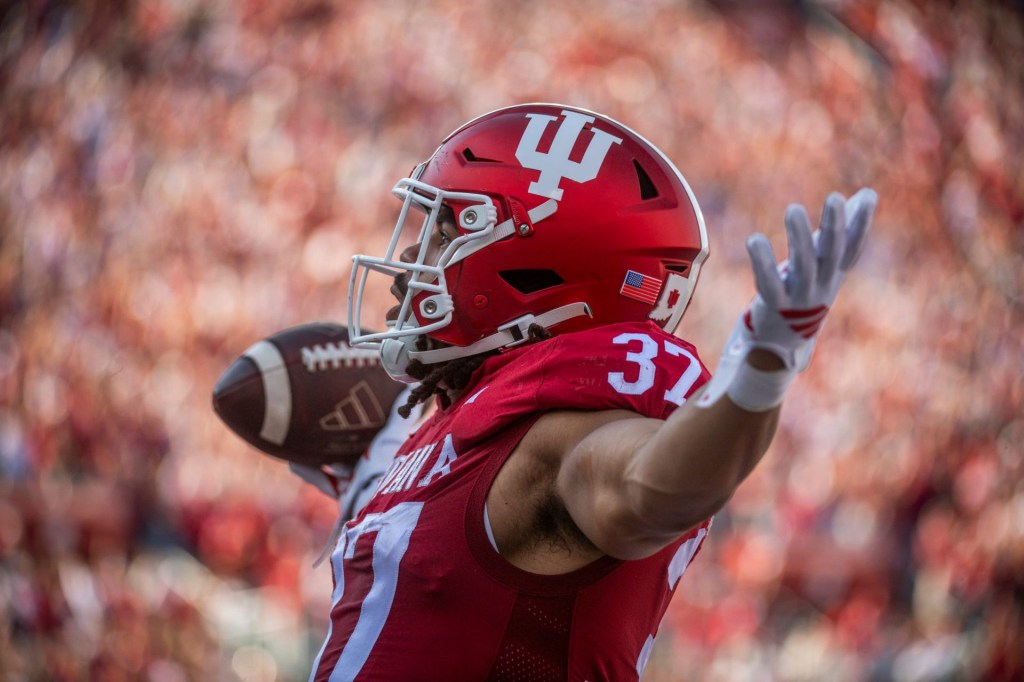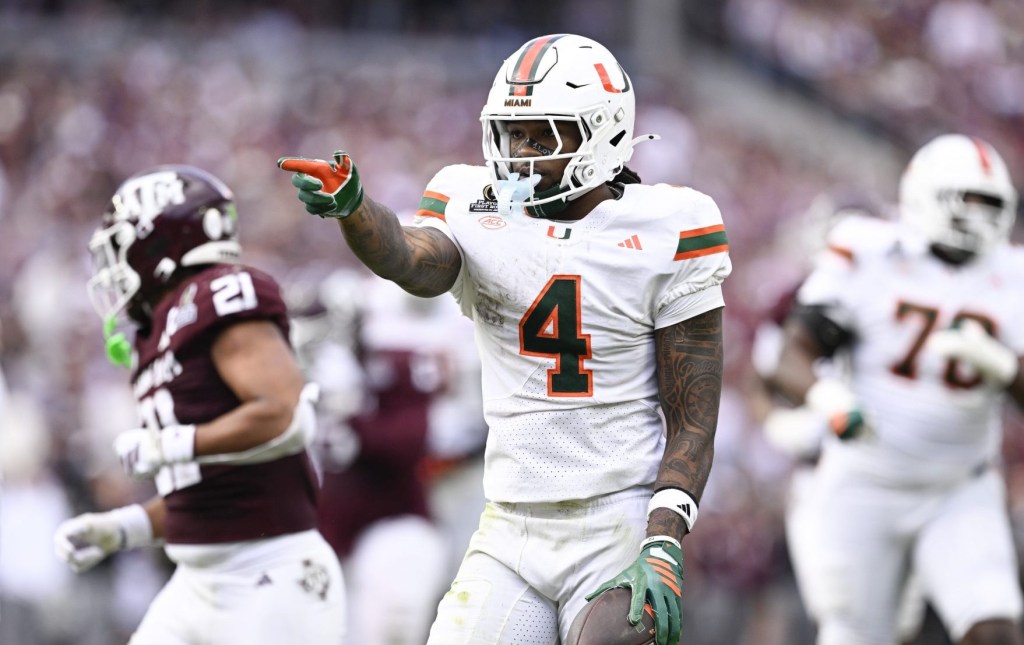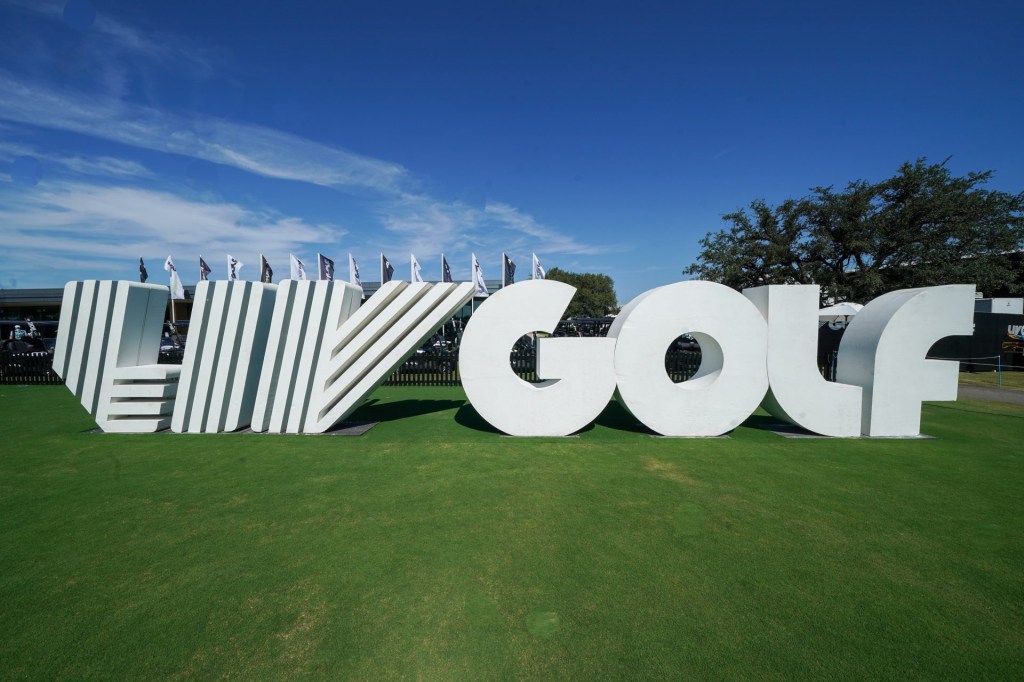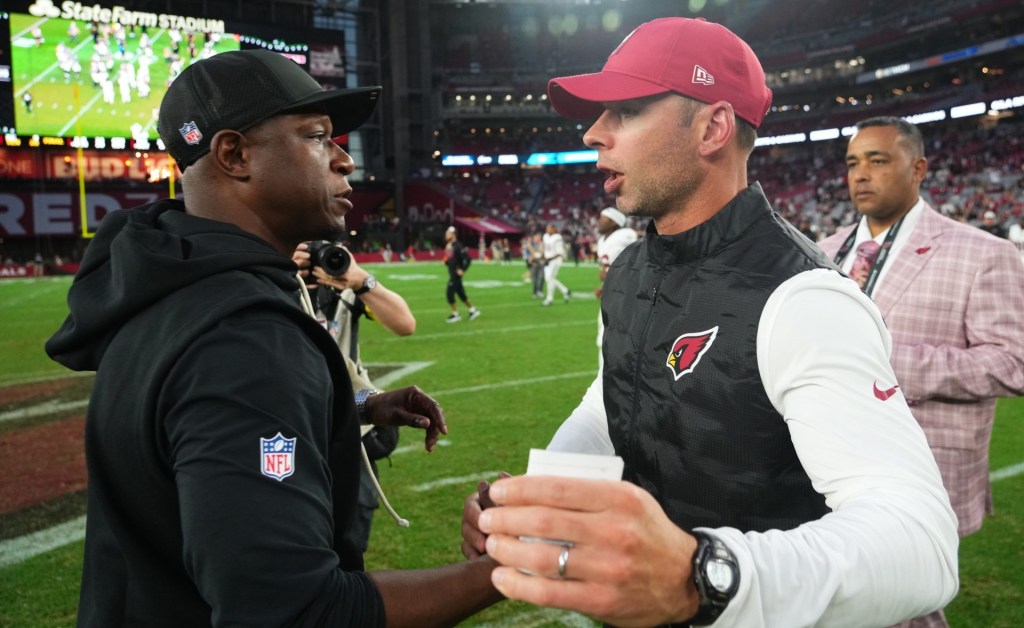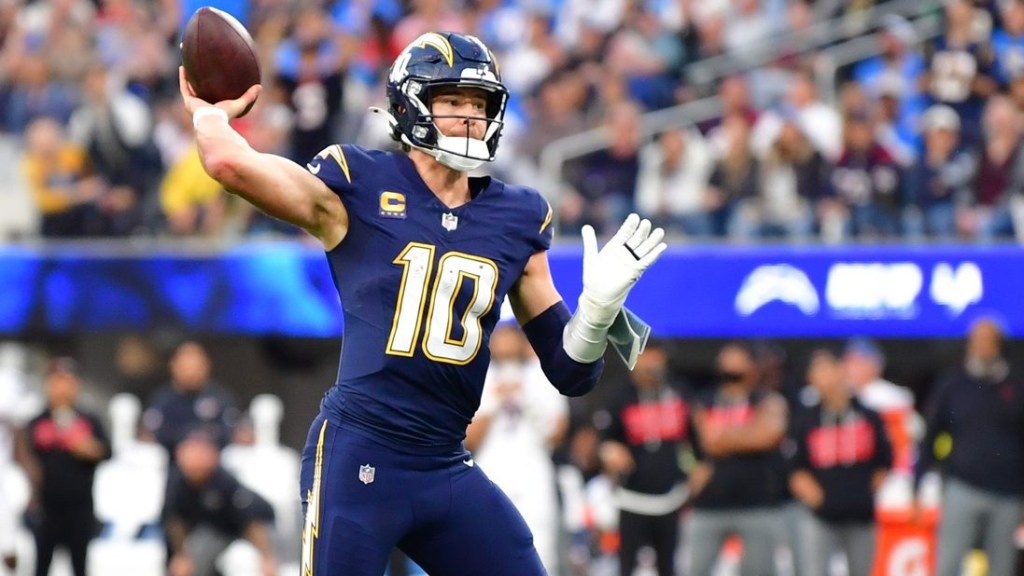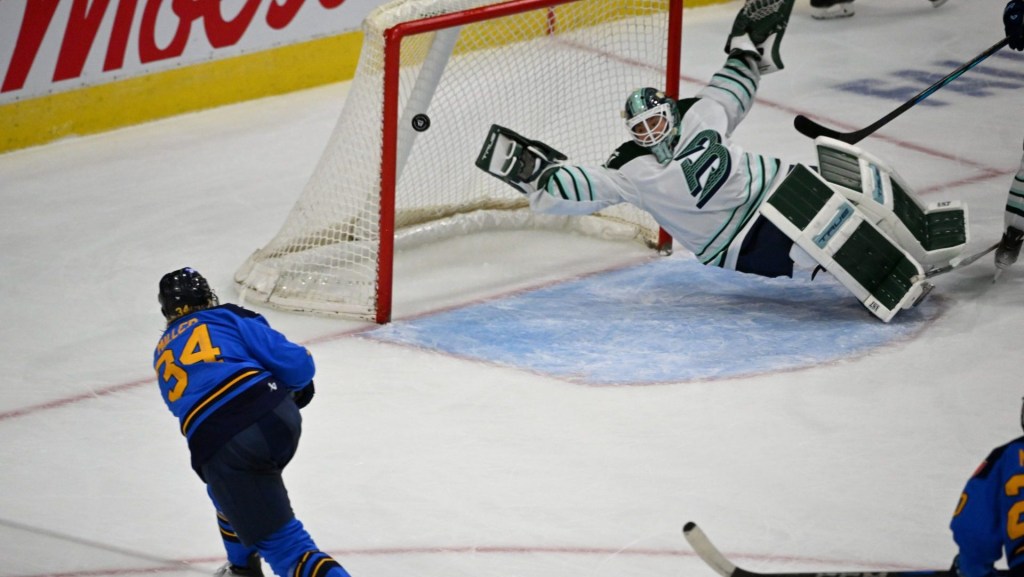Caitlin Clark’s run in the WNBA postseason lasted just two games.
The Indiana Fever were swept out of the playoffs following an 87-81 loss to the Connecticut Sun on Wednesday at the Mohegan Sun Arena. Clark scored 25, dished out 9 assists, and grabbed six rebounds in the finale, becoming the first WNBA rookie with at least 25 points, 5 assists, and 5 rebounds in a playoff game. While the loss was predictable—the Sun have been title contenders nearly every year since 2017—the end of the Fever’s season could be a blow to the league’s viewership.
Game 1 between the two sides averaged 1.8 million viewers on ABC, the WNBA’s most-watched playoff game since 2000, and more than the combined viewership total of the other three playoff openers. Viewership for Fever-Sun Game 2 could be in the ballpark of Game 1 despite airing on ESPN instead of ABC because it did not compete with the NFL and had the added component of being an elimination game.
Everybody Wins
The WNBA was growing before this year. Viewership had doubled from 2020 to 2023, and stars like A’ja Wilson, Breanna Stewart, and Kelsey Plum were starting to gain some mainstream popularity.
But just because the league was already growing and would have likely continued to grow without Clark, doesn’t mean she shouldn’t receive the lion’s share of the credit for this year’s unprecedented growth. Two things can be true at once.
Attendance for the entire league is up nearly 50% this year, according to data from Across The Timeline, and Indiana leads all teams with an average attendance of 17,035, up 319% from last year. All other teams still grew by double-digit percentages.
Many of those increases could be attributed to games against Clark. The Atlanta Dream, Las Vegas Aces, and Washington Mystics all moved games to bigger arenas when they hosted the Fever. But there were increases that can’t be directly attributed to the rookie—such as the 69% attendance jump from the L.A. Sparks, the WNBA’s second-highest percent increase, despite hosting the Fever just once this year and finishing with the league’s worst record.
Merchandise sales are also up 450% for the WNBA, according to Fanatics, and Clark was the top-selling player and is fifth among athletes across all sports. Fanatics also reported a 100% increase in sales for WNBA-specific merchandise.
Until Next Year, Caitlin
With Clark’s season over, the WNBA’s viewership numbers should drop, but the extent of the dip will showcase the true effect of her popularity.
There are some early positive signs for the league as Game 2 of the Aces and Seattle Storm series averaged 985,000 viewers on ESPN, according to Programming Insider, higher than any 2023 WNBA Finals game. Game 2 of the New York Liberty and Dream series averaged 863,000 viewers, doubling its Sunday viewership.
A new crop of rookies could potentially carry over the growth of NCAA women’s basketball to the pro level next year, highlighted by UConn’s Paige Bueckers. The 2025–2026 season will also showcase the sustainability of Clark’s popularity, and whether it can survive past the novelty of her rookie year.
